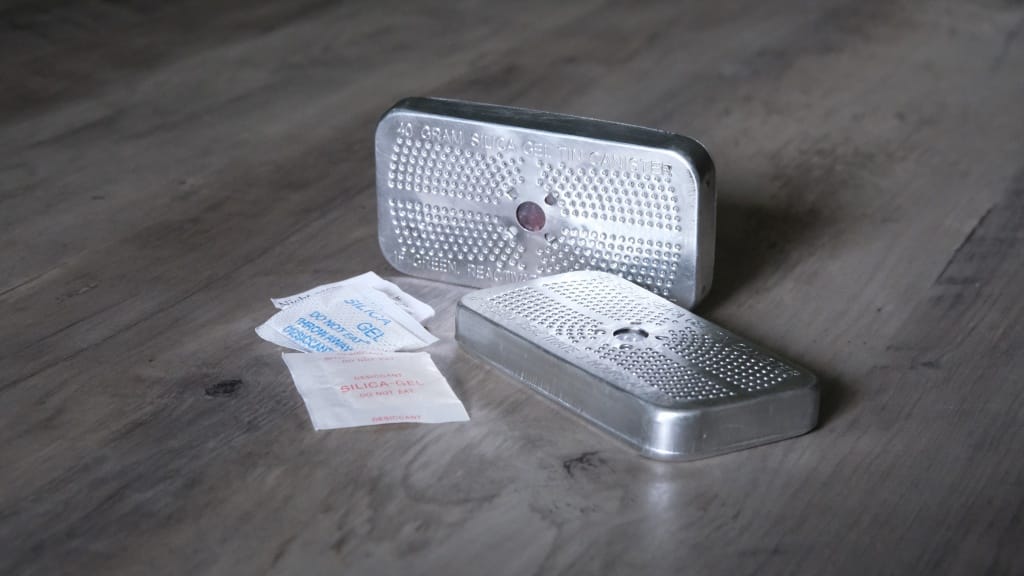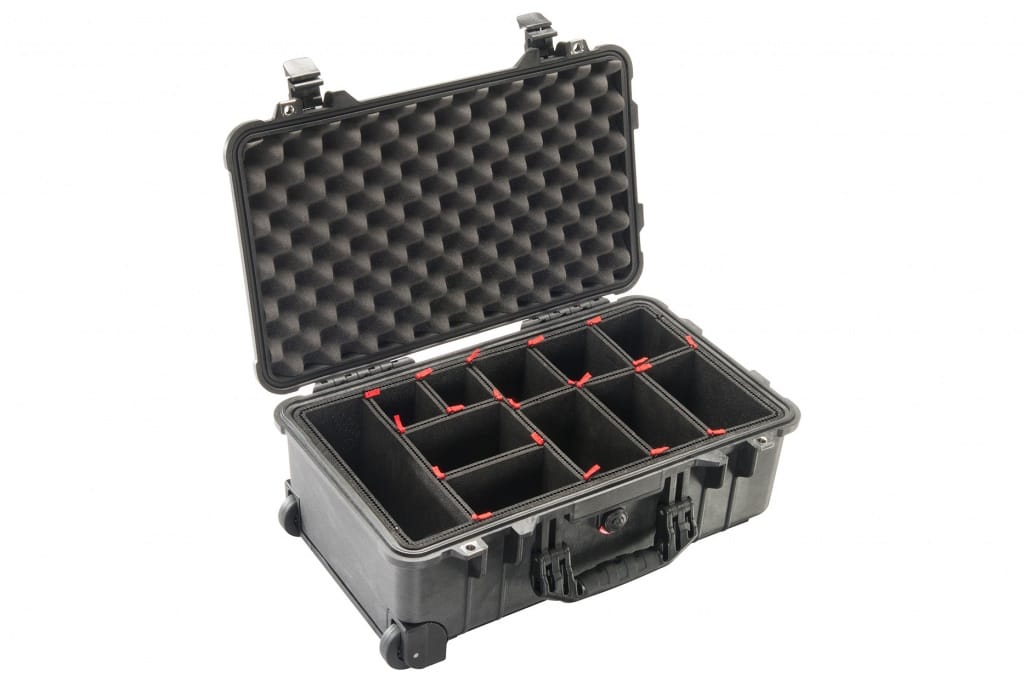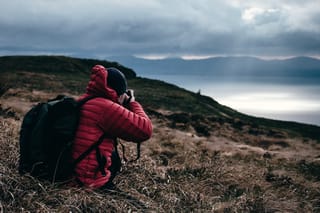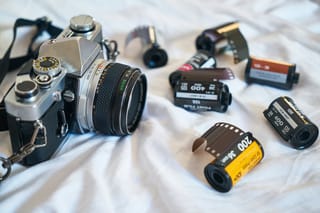
How should I store my equipment to keep it in good shape?
In this previous post, we talked about some of the scary, yucky things that can damage your camera equipment even when it’s ‘safely’ stored away. We can all agree that a basement, attic or hot steamy car just isn’t going to cut it if you want to keep your stuff in the best condition for use or resale. After reading that article, things may seem dire, but don’t despair. Keeping your equipment in a cool, dry place with decent air quality certainly is easier than you may think. We’ve collected a few suggestions for storing your equipment in a way that will help preserve its value over the years.
Knock out moisture
 Humidity-controlled cabinets are absolutely your best line of defense against excess moisture and heat. Storage company Ruggard has a line of moisture-proof solutions. Sirui offers humidity-controlled locking safety cabinets with electronic keyboards and biometric fingerprint scanners for a premium price. If security is high on your priority list along with fighting off fungus and haze, these high tech options are top of the line.
Humidity-controlled cabinets are absolutely your best line of defense against excess moisture and heat. Storage company Ruggard has a line of moisture-proof solutions. Sirui offers humidity-controlled locking safety cabinets with electronic keyboards and biometric fingerprint scanners for a premium price. If security is high on your priority list along with fighting off fungus and haze, these high tech options are top of the line.
For those of us with slimmer pocketbooks, we suggest picking up a few rechargeable silica gel packs. These tins are essentially large, reusable versions of the packs that you find in new shoes. They’re called desiccants, and they work by absorbing excess moisture out of the air— kind of like putting your phone in a bowl of rice after it gets wet. Without moisture in the air, fungus is prevented from growing and other water-based woes are easily avoided. These desiccant tins can also be reused over and over again simply by popping them in a warm oven to ‘bake out’ all of the absorbed moisture.

Now that you’ve got the humidity taken care of, you’ve got to keep the temperature fairly consistent as well. Any air-conditioned space where you feel comfortable should be good enough. Nikon’s recommendation for ideal camera storage temperature is anywhere between -10°C and 50°C. That’s between 14°F and 122°F for American readers. That’s a pretty wide range and it’s easy to remember — if you aren’t comfortable, then neither is your camera gear.
A steady temperature is important, too. Any sudden drop or rise in temperature could cause condensation or rapid expansion of parts inside a camera or lens. Remember how bad moisture and condensation can be for your equipment? A spare room in your apartment or house is always better than your garage, basement or attic.
Organization

If you’re anything like me, you may have more stuff than you need for everyday use. If you’re trying to downsize, consider Selling Us Your Gear– but if your moderate hoarding tendencies are winning the mental battle, your camera cabinet may look like a jumbled wreck.
Keeping your equipment organized will help things from getting lost or damaged. Even the most basic sorting tactics can make a huge difference. Keep large tripods and light stands together, separate from smaller items like lens filters or batteries to prevent them from slipping down through the gaps in the larger pieces. Dumping everything into the same drawer can lead to lost tripod screws, scuffed up finishes, scratched LCD screens and more.
Some sites recommend placing your lenses on a wine rack, or even in a large rolling toolbox. This idea may work for short-term organization if you are consistently using all the pieces of your kit. Keep in mind that rolling shelves and uncushioned metal surfaces could cause your stuff to rattle around, bump into each other and eventually cause unwanted dings and dents.
Cushioning and protection

Some kind of separation with protective soft wraps or dividers is suggested. A great option for both short and long-term storage is a hard-shell case like a Pelican, with their TrekPak divider system which can be rearranged endlessly to fit whatever composition best fits your equipment.
In our previous entry, we suggested avoiding foam when cushioning your equipment. Foam technology has advanced over the last few decades of equipment storage, and most types of ‘pick and pluck’ foam like those found in newer hard cases or cushioned dividers like those found in high-end camera backpacks are much less likely to give off haze-causing gasses or crumble into bits as they age.
Don’t Forget

Don’t forget about keeping your digital storage organized. Our digital photographers and videographers out there know how quickly one can find themselves lost in an ‘Untitled’ folder with hundreds of images dumped inside. Keep your files organized in folders by event or shoot date, and I promise it will make a lot more sense in a few months when trying to remember when you took a photo named “DSC04531”. I also suggest labeling your external hard drives if you’ve got more than one.
Unexposed film is best kept in the refrigerator, against what may seem like common sense. There’s a reason high-end camera shops store their films in a cooler before they are sold. The chilled, stable environment inside can slow down degradation of the chemicals in the film and help prevent unwanted and unpredictable results like strange colors or fogging on your images. Keep the rolls in their canisters or in waterproof plastic bags so they don’t absorb moisture (or odors) from the surrounding food. Make sure to let a roll of film warm back up to room temperature before loading it into your camera to prevent condensation from entering your camera’s body.
Cables are a vital aspect of your gear that often get overlooked. Don’t wrap them around your hand and crumple them up into the ‘cable drawer’. Inside your power and data cords, there are multiple wires inside. When they are coiled or kinked incorrectly, the metal inside can stretch, pinch or otherwise separate, rendering the cord useless. Each cable has an internal memory, or more simply, a way that the metal wires inside are used to resting. There are a few methods of wrapping to preserving this internal memory, such as the ‘Over-Under’ method. For most of us, it’s enough to just be aware that crumpling it into a tight ball will eventually lead to a cable’s demise. Be gentle and respectful with them, coil them loosely, and secure them with a twist-tie or loose rubber band.

Keep in mind, it’s never a bad idea to pick old cameras and lenses up and use them once in a while. Keeping the aperture and other parts moving every now and then will prevent them from locking up over time. Ultraviolet rays from the sun can also keep vintage glass from yellowing, with the added bonus of knocking out many of those nasty fungus spores mentioned earlier. Some manufacturers even recommend turning on your camera about once a month to keep the electronics fresh.
In Conclusion
Remember from the ‘What Can Happen to My Equipment in Storage?’ blog that we often find corrosion or sticky residue on equipment. If putting your camera equipment away for any amount of time, remember to remove any batteries so they don’t leak. Even the newer lithium-ion batteries are prone to swelling and that can also damage equipment. Also, remember to remove any tape or sticky residue before putting your equipment away. A good rule of thumb is to give your equipment a good wipe and put it back better than when you took it out.
KEH takes gear storage very seriously. Every camera, lens and flash we have is kept individually in its own labeled and resealable zipper bag for optimal organization and protection. Our product storage area is temperature- and humidity-controlled to prevent condensation and fungal growth. Any cables passing through our hands are gently coiled and secured, not crumpled. That way, any equipment that comes to us can continue along to the next user in the same condition we received it or better.
However you decide to store your stuff—keeping it organized, cool, and dry are the most important things to keep in mind. For short-term or long, placing your cameras and lenses in a display cabinet or hard case with a few large silica gel packs should be good enough to keep them from getting too musty and dusty.
Oh, and don’t forget the fun part- go shooting with it!

Click here to pick up some Silica Gel
Looking for a short-term storage solution? Check our camera bags and cases
Read up on what kinds of horrors can happen to your gear when it’s stored improperly




